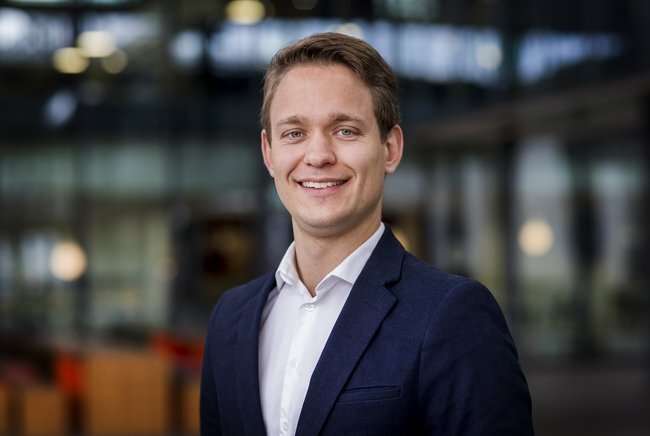Making it possible to create larger 3-D-printed objects with ceramics

Ceramics are some of the oldest materials made by humans. At the same time, they are some one of the most promising materials for the key technologies of the twenty-first century. However, ceramics are challenging to shape and process, especially for applications where 3-D printing, also known as additive manufacturing (AM), would be an interesting manufacturing method.
Eindhoven University of Technology (TU/e) Ph.D. candidate Steyn Westbeek developed a model to help make AM of larger ceramic objects possible. This research was part of a larger research project—together with applied scientific research center TNO and the TU/e High Tech Systems Center—with other Ph.D. candidates, studying the whole print process for ceramics, including layer deposition and improving 3-D printer concepts and control.
Unique properties both a benefit and a challenge
Ceramics are typically excellent electrical and heat insulators that are hard, strong, biocompatible and robust when faced with many chemicals and temperatures. These unique properties mean ceramics could help improve quality of living, save energy, reduce wear and increase the lifetime of components in many different applications. However, these qualities also make it likely that deformations and cracks occur at some stage during the 3-D printing process—usually, because of stresses within the material.
Although increasingly mainstream for other materials, AM is not well understood for ceramics. Until now, it has mostly been used to produce low volumes of very detailed objects smaller than a few cm. Bigger objects run a high risk of cracking.
Westbeek created a model of the physical processes inside the 3-D printer, to help improve understanding of 3-D printing of ceramics and make it possible to print larger objects. AM of ceramics is a two-step process: first, very thin layers of a mixture of ceramic powder and a binder are laid down, hardened by UV light between each layer. This creates the final shape of the object. Second, the object is heated in an oven to remove the binder—much like baking a clay sculpture.
Predicting what goes wrong during the hardening phase
Westbeek focused mostly on the UV hardening phase, where the binder/powder mixture becomes solid. The hardening step can be a source of stresses in the material. The model includes the printer settings, such as the characteristics of the UV light source and the properties of the binder, and processes such as light bouncing off the ceramic powder and temperature increases inside the object during hardening.
With this knowledge, it is possible to change the 3-D printing process to make sure it works best for the shape you want to print. This reduces many different issues, such as walls that are too thick, object overheating, too little or uneven hardening and, finally, the development of stresses that can lead to cracks and of unwanted deformation. This new understanding is a valuable step towards the printing of complex shaped and large-area ceramics.
More information: Multi-scale modeling of the additive manufacturing of ceramics by vat photopolymerization. research.tue.nl/nl/publication … uring-of-ceramics-by
Provided by Eindhoven University of Technology





















